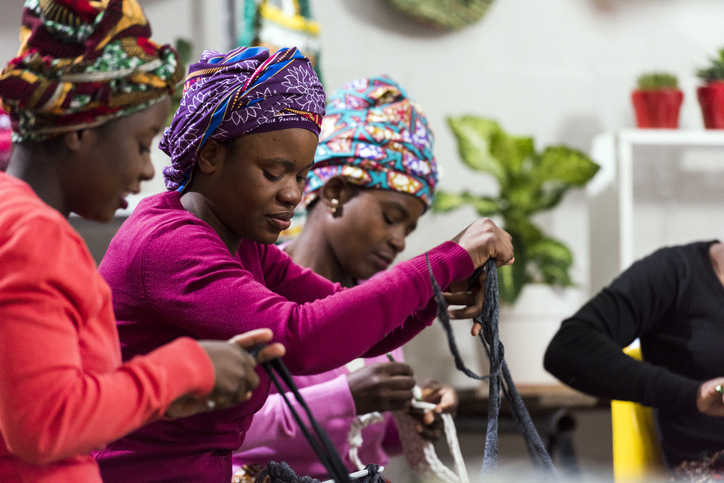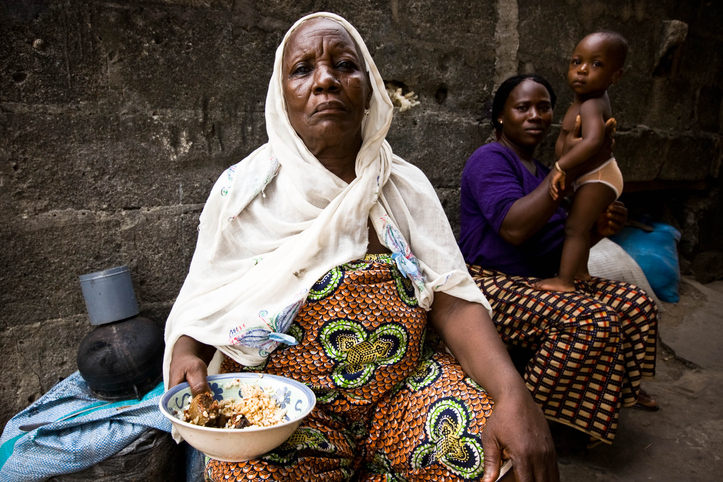A research agenda that is responsive to issues of gender inequality should recognize the methodological challenges of dealing with gendered patterns of responses in social science surveys. This column explains why, alongside supporting evidence-based research on the root cause of gender inequality, governments and international development partners need to invest in the collection of good quality data.
Around the world, women face multiple social and cultural constraints that limit their life choices. These include restrictions on outside movement, restrictions on ownership of assets, and discrimination in pay as well as in access to education and jobs. Women are also socialised inside and outside marriage to internalise traditional gender roles.
In this context, women’s own attitudes towards gender equality can influence behaviours such as female genital mutilation, dowry abuse, and honor killings. They can also explain gender disparities in health, education, and labor market outcomes observed in developing countries.
Take the case of Bangladesh, a country that has made big strides in girls’ schooling and women’s economic opportunities over the last three decades. Yet it remains a global hotspot for child marriage and domestic violence.
In 2014, 28.3% of Bangladeshi women agreed that a husband is justified in beating his wife for one of the following reasons: if the wife burns the food, if she argues with the husband, if she goes out without telling him, if she neglects the children, or if she refuses to have sexual intercourse with him. And of Bangladeshi women who have ever been married, 22.4% report being a victim of physical or sexual violence by their husband/partner in the last 12 months (see Figure 1).
While the incidence of child marriage has fallen in recent decades, in 2014, 74.7% of Bangladeshi women had been married by the time they were 18 years old. Support for intimate partner violence is relatively high among both young and old women in Bangladesh, and it has remained unchanged in recent decades despite improvements in female labor force participation.
Overall, data show considerable agreement with statements that endorse gender violence, which also correlate well with the prevalence of domestic violence in the country. But the true extent of support is likely to be higher.
In fact, major data collection efforts such as the World Values Survey (WVS) and the Demographic and Health Survey (DHS) routinely gather information on attitudes towards a variety of gender issues based on direct questions. As a consequence, much of the existing body of research evidence in social science relies on such survey-based approach to elicit gender attitudes.
But when it comes to sensitive topics, attitudinal responses (such as in the DHS, as summarized in Figure 1), there is likely to be under-reporting of support for practices such as domestic violence and child marriage. Respondents are likely to offer answers that they deem to be socially acceptable. There is also the added concern for systematic non-response or ‘missing data’. The consequence is biased estimates and misguided policy analysis.

Figure 1: Attitude versus action: violence towards women in Bangladesh, DHS 2014
One way to address measurement errors is to conduct intensive qualitative fieldwork; the other option is to run survey experiments. The latter is quantitative in nature, allowing statistical comparison of alternative measures. Common survey experiment approaches are randomized response techniques, endorsement experiment, and list experiments.
In contrast to direct survey questions, which ask respondents whether (or not) they support a practice such as domestic violence, a list experiment indirectly elicits support by asking respondents for the number of items they agree with on a list that randomly includes a domestic violence support item. Comparisons across respondents who do (or do not) receive the domestic violence support item in the list then reveal true support for domestic violence.
Methodologically speaking, it is an item count technique – survey respondents are queried on the number of items they agree with on a list, which randomly either includes or excludes a sensitive item. Respondents use stones (marbles) to describe their responses to avoid numeracy-related bias.
One list experiment study examining gender attitudes related to female genital mutilation/cutting in Ethiopia finds under-reporting in direct attitude questions of 10 percentage points. But such research has been lacking on South Asia where gender inequality is a significant challenge.
In a recently published paper in the Journal of Population Economics, we formally investigate such under-reporting by eliciting gender attitudes using traditional survey-based direct questions from adolescent girls in rural Bangladesh, while at the same time eliciting these attitudes using list experiments. In the latter, respondents are randomly exposed to experimental measures of gender attitudes.
For our study, we focus on two gender problems that are widespread in South Asia: domestic violence and female child marriage. We find that few adolescent girls accept the practices of domestic violence and child marriage when asked directly (5% and 2%); but responses to list experiments reveal significantly higher support for domestic violence and child marriage (at 30% and 24%) – see Figure 2.

Figure 2: Survey versus experimental measures of gender attitudes
The evidence on under-reporting of support for traditional gender norms treatment has two implications for policy. The first relates to the challenge of making enquiries gender-responsive. In this regard, our results highlight the importance of using complementary methods in eliciting responses to gender-sensitive questions for public policy planning.
The second implication for policy is the need to collect good quality data. Direct questions used in international surveys such as the DHS and the WVS are easy to implement but they severely under-estimate the prevalence of traditional gender attitudes. Therefore whether and how experimental measures can be incorporated at scale remains an important agenda.
Beyond addressing measurement challenges, how should we address entrenched attitudes towards gender-based violence? What do we know from existing approaches and initiatives? We discuss these questions in a follow-up column.







